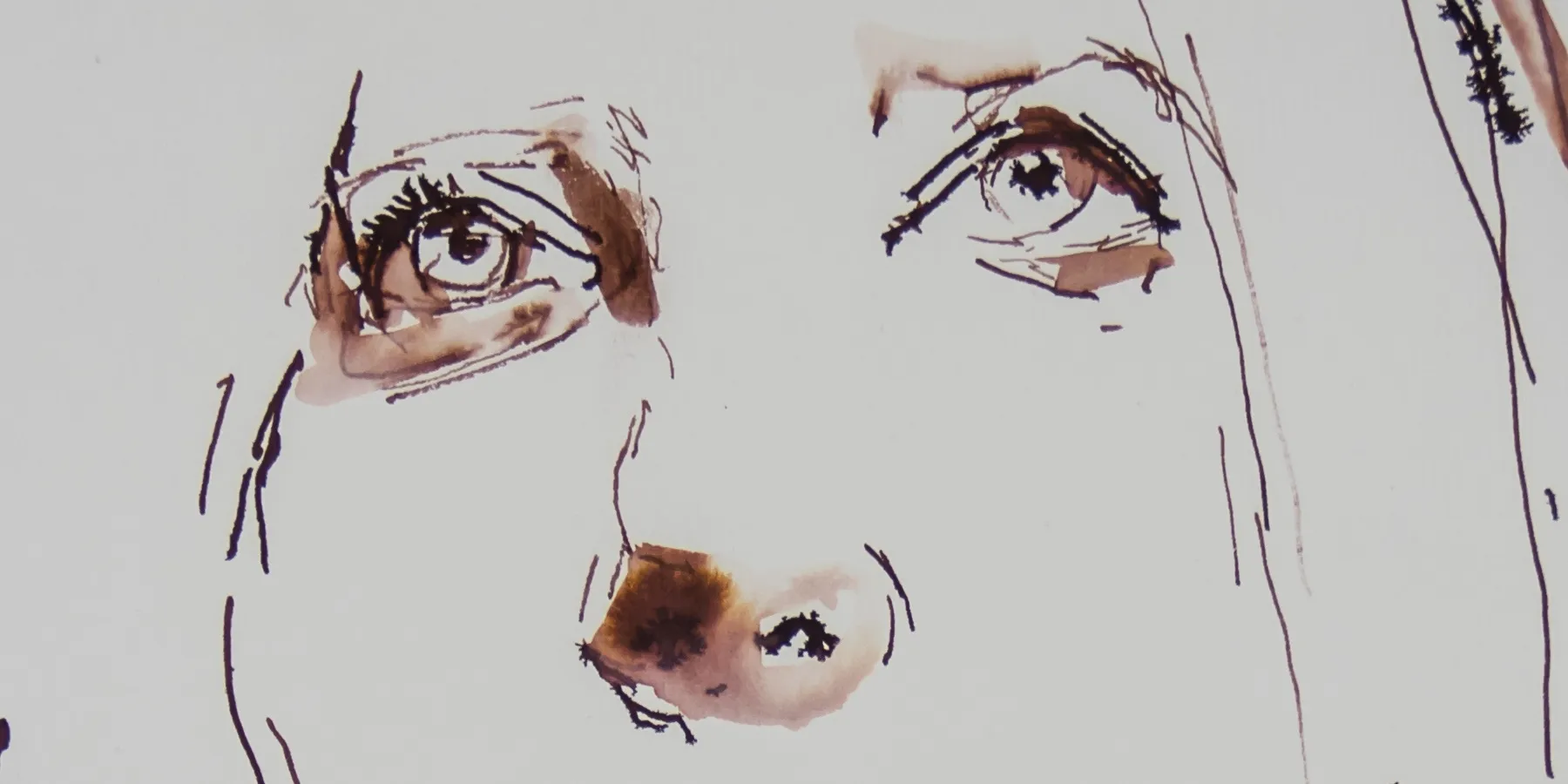Artistic representations of medicine and illness are present in anatomical and physiological illustrations of the human body, medical instruction manuals, treatment documentation, and aesthetic works that have, over the centuries, facilitated the discovery and understanding of various aspects of medicine, health, illness, and disability.1 Portraits, in particular, have been instrumental in representing and explaining medical pathologies, pathopsychologies, and trauma.2,3,4,5 The term medical portraiture has been applied to depictions that commemorate and critique physicians and their practices.6,7
Social psychologist Alan Radley called for greater use of images in research on illness and clinical practice, explaining that “pictures not only restore feeling but also the capacity to feel,” thereby transforming “what was previously a private experience of the patient to being a shared comprehension of illness by the group.”8 This theme issue on the intersection of the visual art form of portraiture and medicine considers multiple perspectives on creating and viewing portraits and how these processes can generate innovative strategies for perceiving and communicating ethical and aesthetic value; for fostering deeper and fuller understanding of patients’, clinicians’, and others’ health care experiences; and for teaching these skill sets.
As an artist, a researcher, and a teacher, I have spent the past 21 years creating portraits of patients and their caregivers in clinical settings. Creating these portraits relies on a series of intimate interactions that require space for open communication between artist and sitter as well as creativity and imagination. In my experience, these spaces engender powerful relationships that motivate consideration of important—yet often neglected—intersections of aesthetics and ethics in health care.9,10 A portrait is not just a picture of an individual but a picture of someone being looked at; fundamentally, it is a visual testament to a relationship. Portraits are potent sources of ethical, aesthetic, and clinically relevant analysis.11 Tacit knowledge and behaviors residing in complex interactions that shape not only portraiture but also clinical practice can be illuminated by beholding and reflecting on expressive works about illness, recovery, and care.
The rich diversity of perspectives included in this issue testify to the multiple ways that portraiture invites introspection from viewers, artists, and those sitting for a portrait. This issue collects these perspectives with the aim of revealing how portraiture motivates development of skill in analysis, interpretation, inference, imagination, and intuition, which are key features of health care professionalism. As health care moves towards more integrative, collaborative, and patient-centered models, portraiture can be a powerful resource in promoting public and professional understanding of relational and ethical aspects of medicine.
My collaborations with patients and caregivers demonstrate how portraiture in clinical settings engages participants in building trusting relationships, embracing uncertainty and ambiguity, exchanging stories, reflecting on experiences, and developing a sense of empowerment.12 These 5 themes can inform clinical interactions between patients and caregivers and apply to any compassionate interaction. Just as in patient-clinician and student-teacher relationships, so in artist-sitter relationships ethical values such as mutuality and reciprocity are foundational to preserving respectful and healing interactions.
References
-
Anderson J, Barnes E, Shackleton E. The Art of Medicine: Over 2,000 Years of Images and Imagination. Chicago, IL: University of Chicago Press; 2012.
- Prendeville B. The features of insanity, as seen by Géricault and by Büchner. Oxf Art J. 1995;18(1):96-115.
- Ruiz-Gómez N. The “scientific artworks” of Doctor Paul Richer. Med Humanit. 2013;39(1):4-10.
- Sidlauskas S. Inventing the medical portrait: photography at the “benevolent asylum” of Holloway, c 1885-1889. Med Humanit. 2013;39(1):29-37.
- James DH. Portraits of John Hunter’s patients. Med Humanit. 2013;39(1):11-19.
-
Jordanova L. Medical men, 1780-1820. In: Woodall J, ed. Portraiture: Facing the Subject. Manchester, UK: Manchester University Press; 1997:101-119.
- Hammerschlag KR. Identifying the patient in George W Lambert’s Chesham Street. Med Humanit. 2013;39(1):20-28.
- Radley A. Portrayals of suffering: on looking away, looking at, and the comprehension of illness experience. Body Soc. 2002;8(3):1-23.
- Aita VA, Lydiatt WM, Gilbert MA. Portraits of care: medical research through portraiture. Med Humanit. 2010;36(1):5-13.
- Gilbert MA. Experience of portraiture in a clinical setting: an artist’s story. J Appl Arts Health. 2014;5(1):135-150.
- Jordanova L. Portraits, patients and practitioners. Med Humanit. 2013;39(1):2-3.
- Gilbert MA, Lydiatt WM, Aita VA, Robbins RE, McNeilly DP, Desmarais MM. Portrait of a process: arts-based research in a head and neck cancer clinic. Med Humanit. 2016;42(1):57-62.




